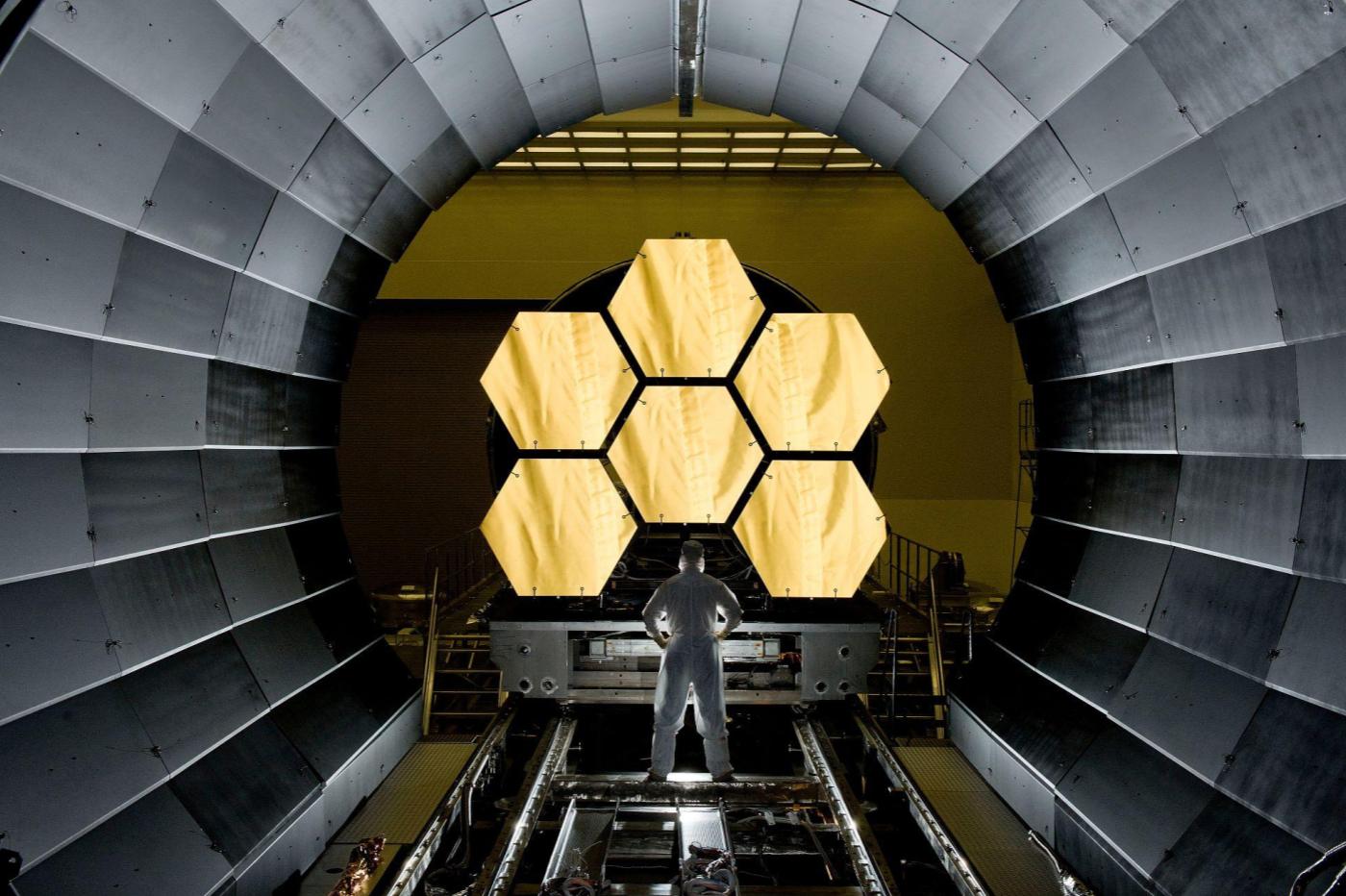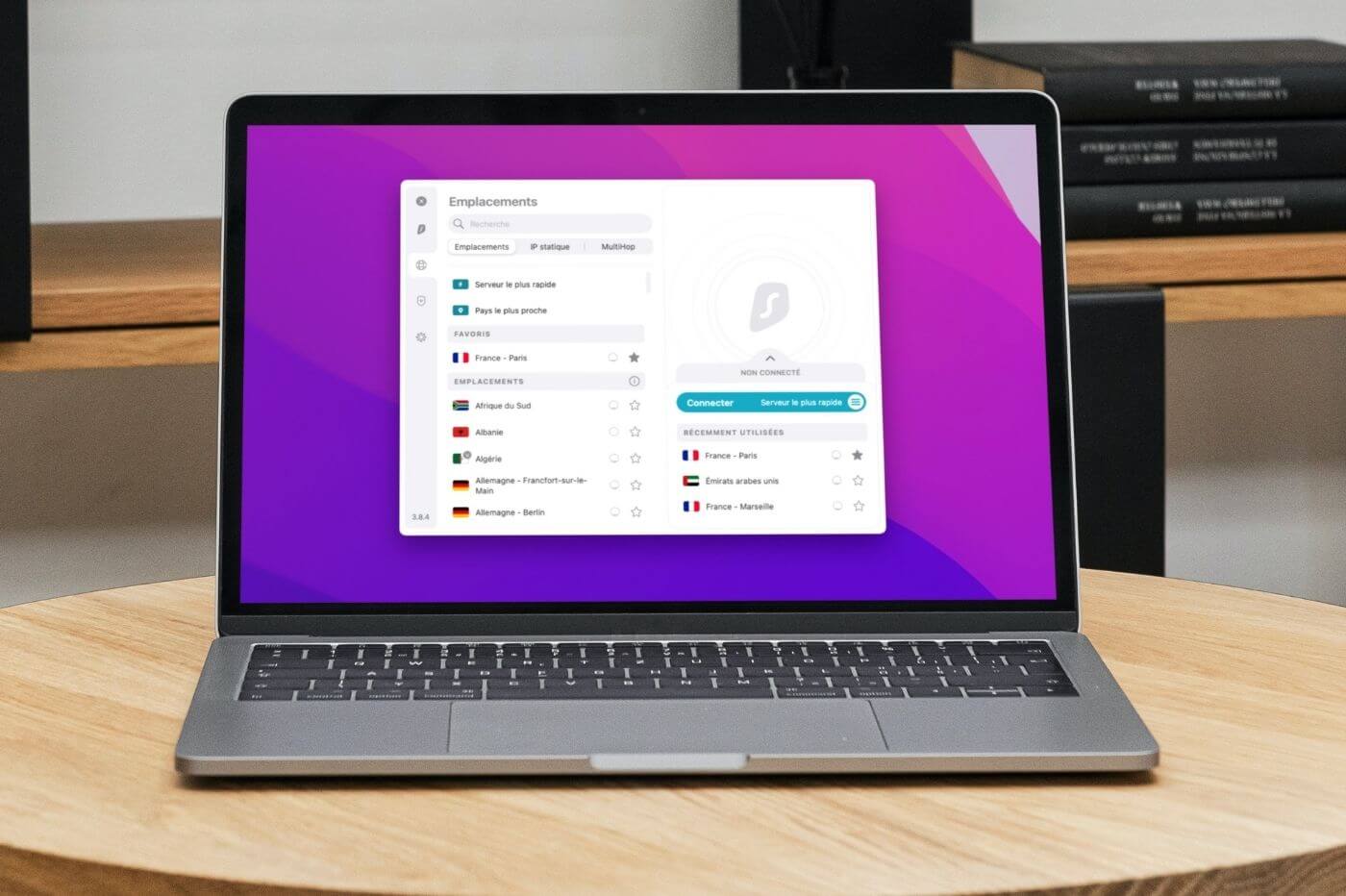
The James Webb telescope is on everyone’s mind at NASA, but the American space agency is not yet at the end of its troubles.
Leaving on December 25 last from the European base of Kourou, the James Webb space telescope took off with the hopes of thousands of scientists who hope to find many answers in the observations of “Webb”. It is with this heavy pressure that this jewel of technology left the mainland a month ago now, to the day.
While the mission has gone perfectly so far, NASA engineers were not the most serene yesterday as the telescope came dangerously close to Lagrange 2 point, the destination of the trip. Millions of miles from Earth, the telescope had to find the right orbit around this point of gravity, which will keep it “balanced” in space.
In the days preceding this orbiting, NASA had already been delighted with the good deployment of the equipment, or even the good performance of the fuel. The latter is so satisfactory that the potential life of the telescope has already been extended by NASA engineers who think they have enough fuel to last a few years longer than expected.
High voltage orbiting
But on this January 24, 2022, it was therefore the trajectory and the speed of the telescope which was at the center of all the concerns at NASA. The engineers of the American space agency indeed had to maintain a speed low enough so that the telescope did not flee from orbit, but the latter must not be too low either, otherwise the telescope could not maintain an orbit around the Lagrange 2 point as NASA wishes.
More important than speed, the question of trajectory was also at the center of many questions at NASA. While the telescope has been floating in the middle of a vacuum for almost a month, it is millions of kilometers from Earth, even a small error could have dramatic consequences for the rest of the mission.
It was therefore with a heavy heart that NASA attended the launch of the “Webb”. Finally, the telescope did reach the orbit of the Lagrange 2 point, which undoubtedly marks the greatest success of the mission so far.
The first observations will not be long in coming
In the coming weeks, the engineers at the controls of the telescope will therefore check that everything is going well behind the large octagonal mirror. They will then prepare the latter to take his first shots of space, the last step before really starting work.
As a reminder, it was during this phase of the mission that Hubble had failed for the first time during its launch in 1990. Fortunately for NASA, the space telescope was much closer to the Earth than the Webb, this which had enabled the American agency to carry out correction missions so that Hubble could provide us with the images of the sky that we know from it.



